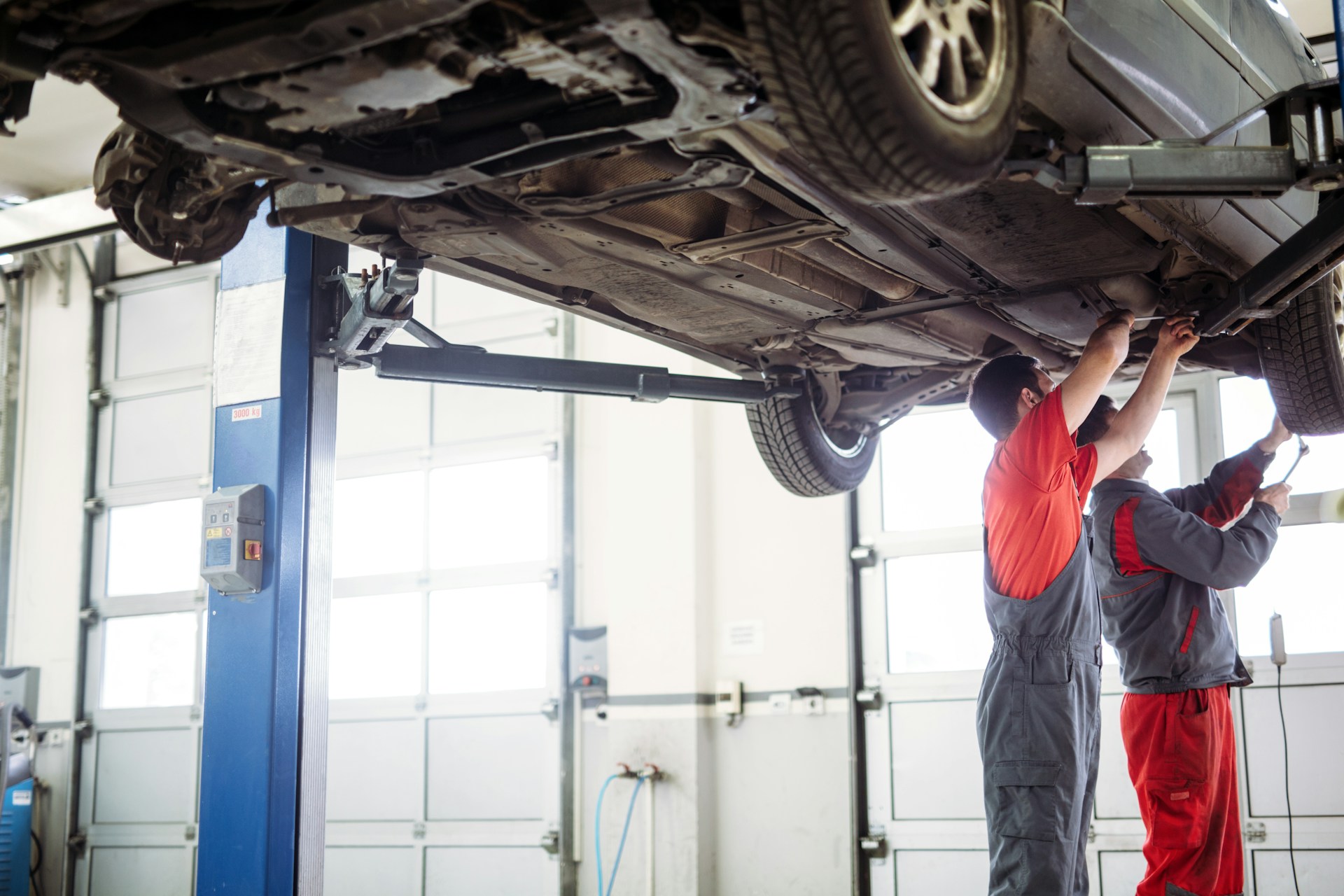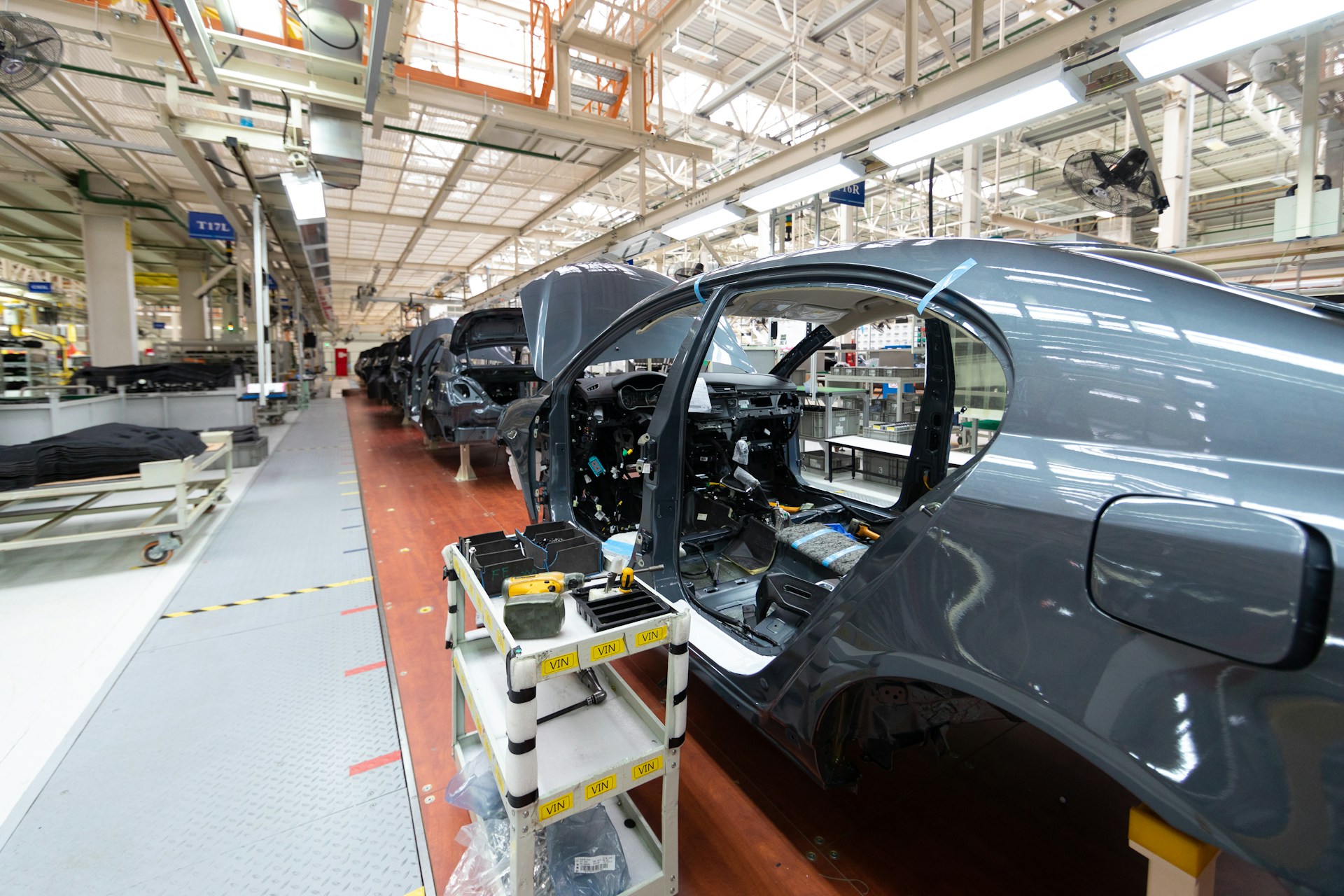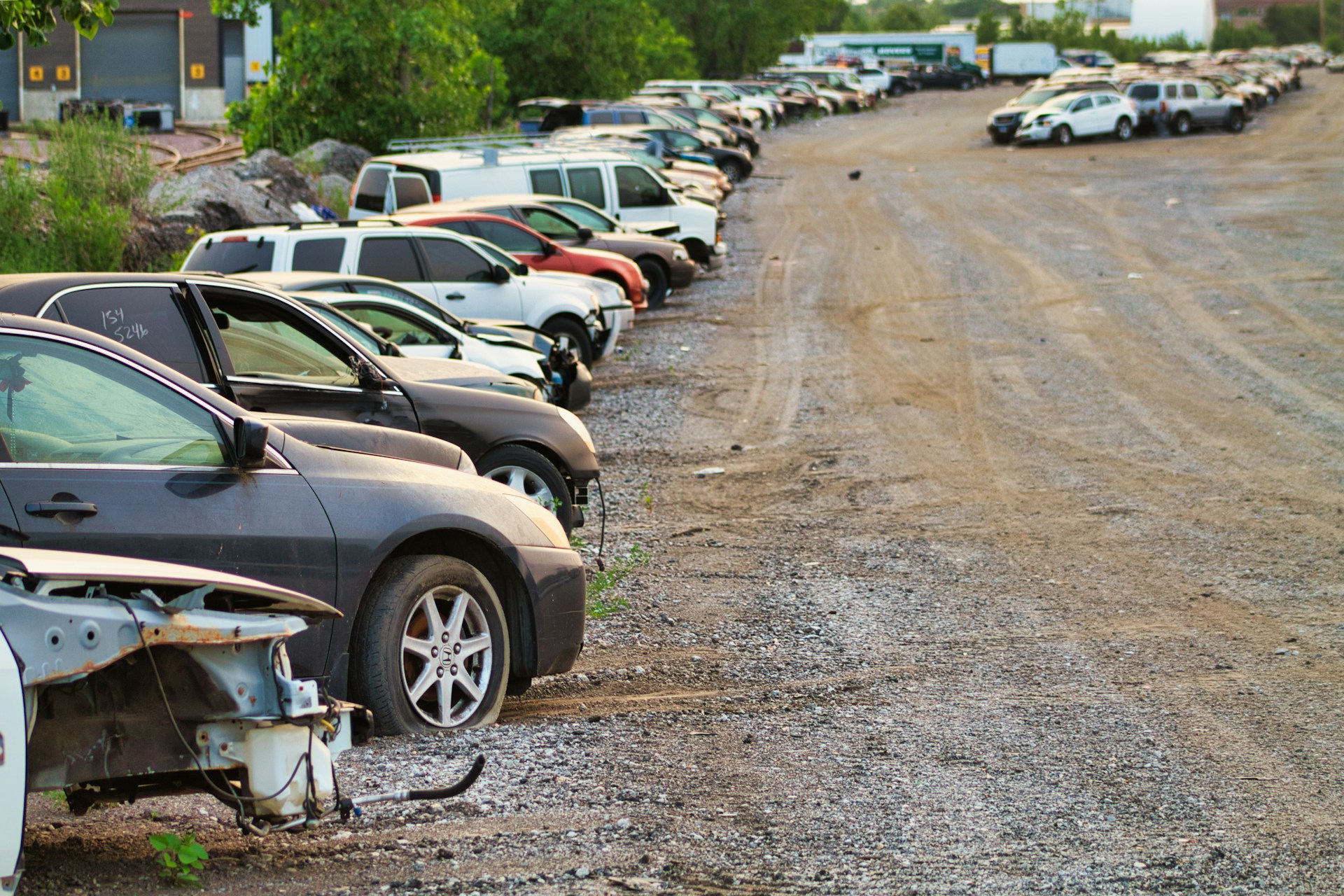Contents
Crashing a vehicle is stressful. However, learning what happens next is vital. After an accident, the question often arises: When is a car considered totaled? Generally speaking, if the cost to repair a damaged car outweighs its value, the decision is clear. Nonetheless, the procedure is accompanied by some challenging steps. These are determining the worth of similar vehicles, assessing labor and parts, and navigating insurance policies. Whether it’s a minor incident or a major collision, grasping what it means to total a car can make all the difference.
What Does “Totaled” Really Mean?
A totaled car’s meaning goes beyond just visible destruction. If a car gets totaled, its cost of fixing it is too high compared to its actual value. After a car accident, insurers inspect the damage. They compare repair costs to the car’s pre-accident value. If the numbers don’t add up, the car is declared a total loss.
Insurance companies access current market values for similar cars. After that, they consult with a repair shop to estimate the cost of bringing the vehicle back to roadworthy condition. If those numbers cross a certain threshold — often around 70% to 80% of the vehicle’s value — the verdict is in. Your car got totaled. And once that happens, getting it back on the road can become complicated or even impossible.
Total Loss vs. Diminished Value
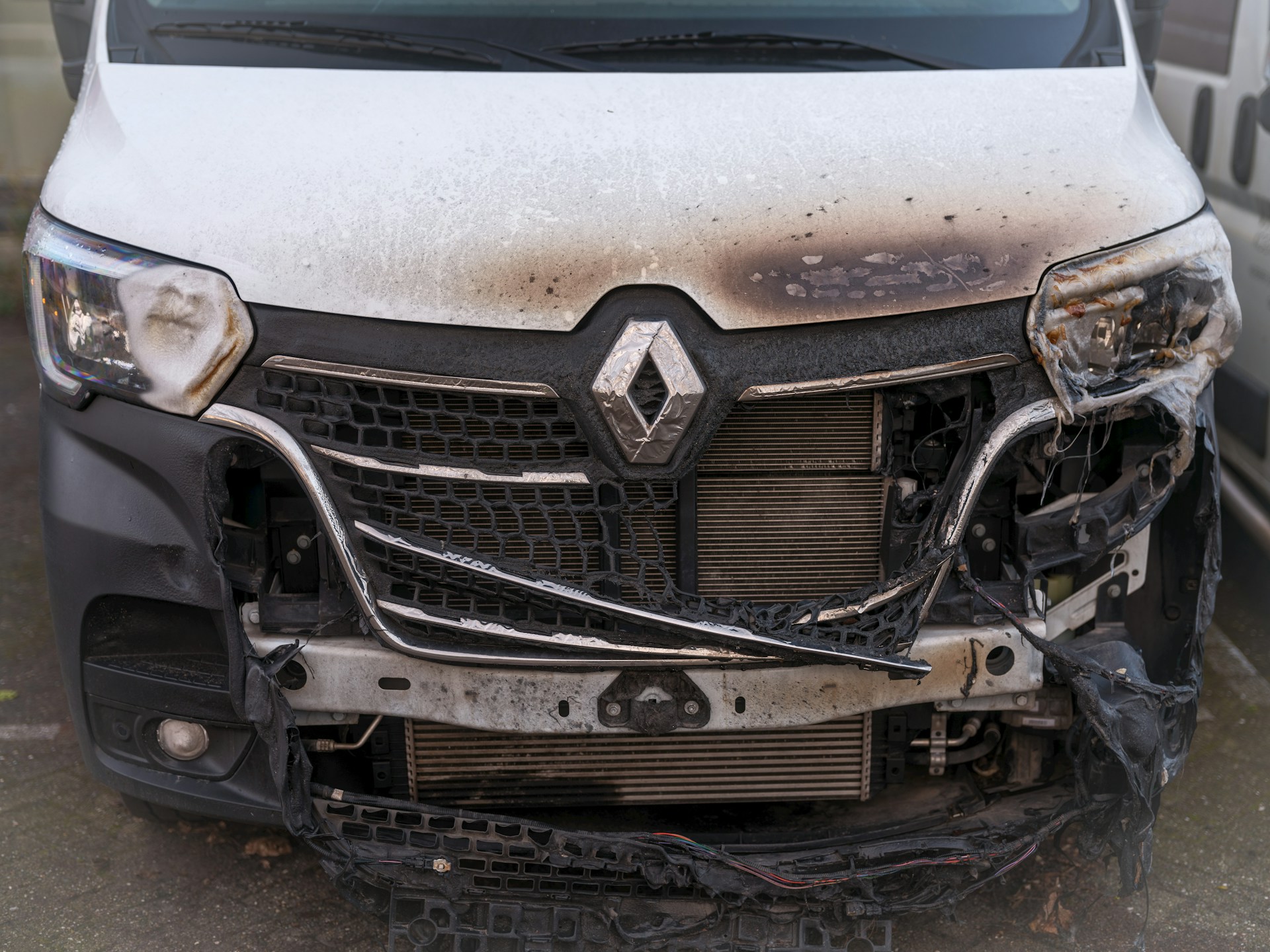
Understanding the difference between a total loss and diminished value is key when reviewing your insurance payment and knowing how much money you might recover.
| Aspect | Total Loss | Diminished Value |
| Total Loss Definition | A vehicle is declared a total loss when repair costs exceed a set percentage of its value. | A vehicle is repaired after an accident but loses market value due to its damage history. |
| Payment | The insurer issues a payout based on the car’s actual cash value before the accident. | Payment may be available to compensate for reduced resale value. |
| Money | The owner may use the money to replace the car or cover the remaining loan balance. | Diminished value claims can help minimize value loss after repair. |
| Laws | Vary by state — some require insurers to follow strict formulas for total loss. | Laws also differ; not every state requires insurers to cover diminished value. |
| Review | Insurers review damage reports, repair shop estimates, and market data. | Claimants must often request a separate review to prove diminished value. |
| Goal | Provide fair compensation when repair isn’t financially practical. | Help the owner recover money lost due to reduced vehicle value. |
When Is a Car Considered a Total Loss?
Highlighting what makes a vehicle totaled implies more than just a bad dent or a smashed bumper. Insurers consider a range of factors before making the call.
- Severe structural damage from a head-on collision.
- High repair costs relative to the car’s value and mileage.
- Frame damage that compromises safety.
- A history showing the car was recalled for major defects.
- A collision at a stop sign causing extensive mechanical issues.
- Insurance formula exceeding total loss threshold.
Understanding the Total Loss Threshold
When a car is totaled, it’s vital to determine whether it meets the state’s total loss threshold. Each state sets its own rules. While one may declare a vehicle totaled at 75% of its value, other states might adhere to distinctive percentages or formulas. Typically, insurers subtract your deductible from the final amount offered. In the meantime, they may provide a rental vehicle, but only for a limited period. This threshold system ensures consistency. However, the location where the accident occurred can largely affect insurance coverage for two vehicles with similar damage.
How Do Insurance Companies Decide If Your Car Is Totaled?

Insurers adhere to strict standards when determining whether a car is a total loss. They appraise the damage, review your vehicle’s value, and compare it to repair costs. This isn’t just about how bad the car looks.
How Adjusters Inspect a Damaged Vehicle
Once you file a claim, the insurance process moves quickly. An adjuster is sent out to examine the car, checking for frame integrity, internal components, and overall safety. They don’t just look at what’s broken—they compare repair estimates to the pre-accident market value of your vehicle. The year, make, and model all come into play. If the math doesn’t favor repair, the verdict comes fast. This is often why insurance companies total cars with little damage — modern repairs are expensive, and even cosmetic issues can push costs past the limit. The vehicle might look fine, but hidden damage changes everything.
How Insurers Lower Payouts
Insurance companies are not in the business of overpaying. If the damage hovers near the total loss threshold, they’ll often find ways to tip the scale. A lower estimate from a partner repair shop, depreciation tied to mileage, or even pre-existing wear can shrink the calculated value. If the fault is unclear, insurers may reduce their responsibility or delay approval. A salvage title also impacts the final amount, especially if the car had one before the accident. In serious cases, drivers seek legal counsel to challenge the valuation or dispute the outcome. For those needing a replacement vehicle quickly, these tactics can feel frustrating, but they’re standard practice across most companies.
How Is the Value of Your Car Calculated Before a Total Loss?
If insurance totals your car, the amount you receive is based on what your vehicle was worth just before the accident. This value is determined using market comparisons, condition, mileage, and features. Understanding the meaning of the vehicle’s actual cash and its fair market value helps avoid confusion.
- VIN decoder tools reveal trim level and accident history.
- Recent sales of similar vehicles set the fair market price.
- Salvage value is deducted from the total if you keep the car.
- Damage history and car title status affect worth.
- Buying a total loss vehicle later may lead to limited coverage.
How Much Will Insurance Pay for a Totaled Car?
Insurance companies use a total loss formula to decide how much they will pay after a serious accident. The amount depends on your policy type — comprehensive coverage and collision coverage both offer protection, but in different situations. If the car is drivable but still meets the criteria for a total loss, they may still reimburse based on the pre-accident value. Insurers subtract deductibles and adjust for the condition before the crash. The final goal is to pay what’s fair for your specific case.
What Happens After a Total Loss Declaration?
| Step | What It Means |
| Claim Review | The insurer reviews the details of the accident, damage, and who was at fault. |
| Decision to Total a Car | Based on repair costs and value, the insurer decides whether to total a car. |
| Offer for Totaled Vehicle | You receive an offer based on the vehicle’s value before the crash. |
| Salvage Option | You can release the car to the insurer or keep the totaled vehicle for salvage. |
| Replacement Car Process | Once the offer is accepted, you can begin looking for a replacement car. |
Pros and Cons of Keeping a Totaled Car
Keeping a totaled vehicle isn’t always a simple decision. Car owners are guided by financial, practical, and emotional factors.
Why Some People Keep Their Totaled Vehicle
When a car is considered totaled, some owners decide to keep it instead of surrendering it to the insurer. There are typically a few reasons:
- The vehicle is still drivable or holds sentimental value.
- Some car owners believe they can fix their vehicle themselves at a lower price.
- Keeping the car may also make sense if the actual cash value is lower than expected.
- If there’s still a loan attached to the vehicle, car owners will unlikely sell it.
Drawbacks of Keeping a Totaled Vehicle
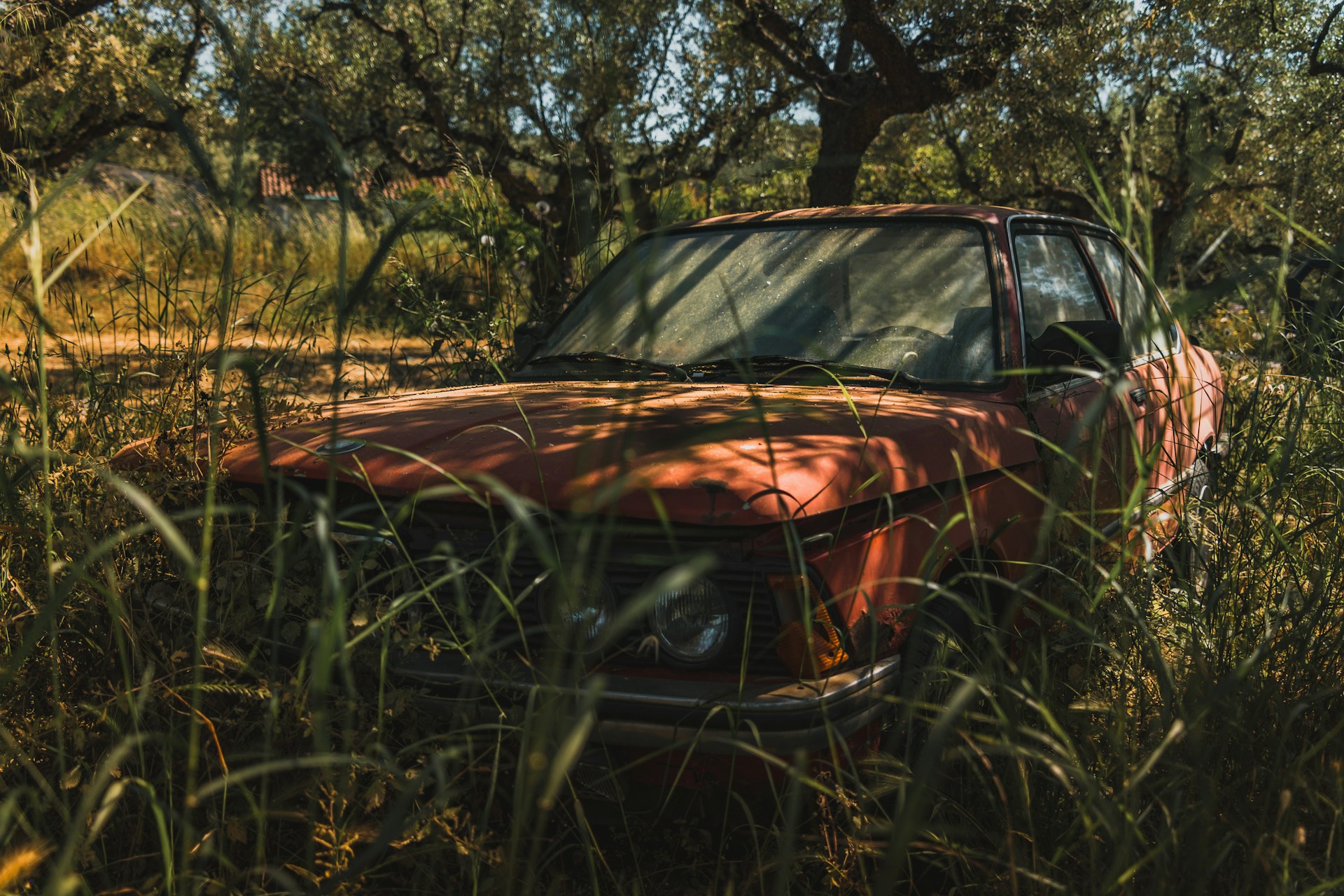
Holding on to a totaled car comes with serious consequences. After a car accident, the title usually changes to salvage status, which can limit resale options and reduce market appeal. Some insurers may refuse future coverage, depending on the car’s model and condition. Safety concerns also arise if hidden damage remains. These issues make it important to weigh all factors before making a final decision.
Summary
A car considered totaled can lead to frustration, confusion, and unexpected decisions. Insurance steps in to pay what they calculate as the vehicle’s actual cash value, based on condition and market data. Whether you have collision coverage or not plays a major role in what they cover and how much you receive. Understanding the process, asking questions, and staying informed helps avoid surprises. When handled wisely, even a total loss can turn into a smooth transition toward your next vehicle.
FAQ
Is a Car Totaled If Airbags Deploy?
Not always. While airbag deployment suggests a serious impact, insurers still assess the vehicle’s value and the overall condition. If the costs related to restoration exceed what the car is worth, it may be declared a total loss. Otherwise, it could still be repaired and returned to service.
What Happens If You Don’t Agree with a Total Loss Adjuster?
You can request a second review or provide your own valuation. Independent appraisals, recent sales of similar models, and vehicle condition reports can support your case.
What Happens to a Car Loan If the Car Is Totaled?
The loan does not disappear. The total value determined by insurance may be less than what you owe. Thus, you are obliged to cover the remaining balance. Gap insurance, if included in your policy, may cover what the primary coverage does not.
Is It Possible for a Car to Be Totaled Without Visible Exterior Damage?
Yes. Even if the body looks intact, internal damage, frame distortion, and electronic failures can lead to a total loss.
Do Newer Cars Get Totaled More Easily Than Older Ones?
As a rule, yes. Newer models often use advanced materials and integrated electronics that can be costly to replace. Insurers aren’t always willing to cover this enhanced value. However, feel free to insure a salvage car if it meets specific safety and legal requirements.



